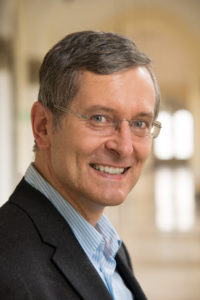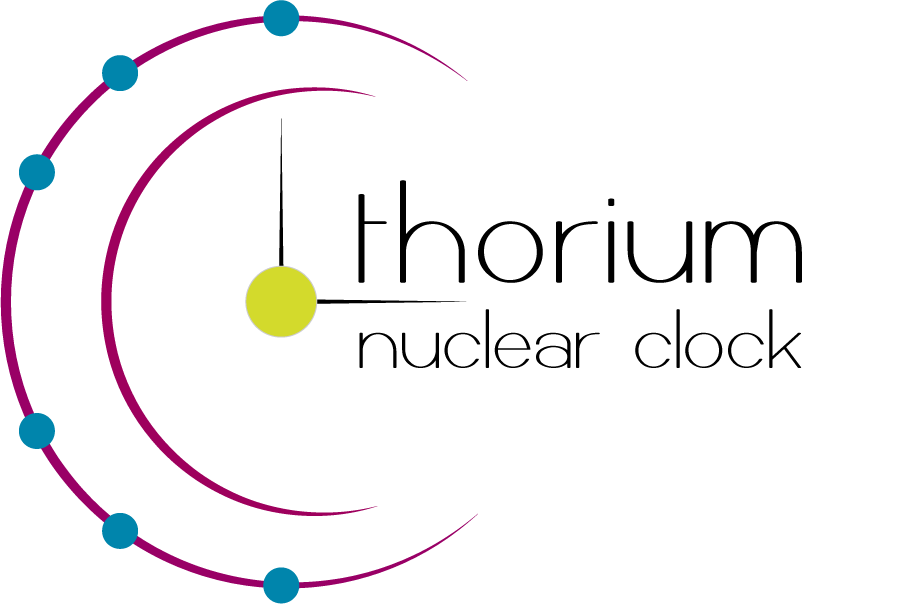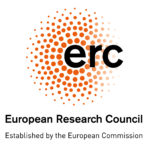ABOUT THE PROJECT
Thorium Nuclear Clock is a project funded by the European Research Council (ERC) Synergy Grant.
ERC Synergy Grant (SyG) projects are intended to enable a group of 2-4 Principal Investigators and their teams to bring together complementary skills, knowledge, and resources in new ways, in order to jointly address an ambitious research problem.
The aim of this project is to construct a novel type of precision clock – a Thorium nuclear clock. On top of it’s potential to outperform the currently used atomic clocks, this new Thorium clock would be many orders of magnitudes more sensitive to the fundamental forces of nature (e.g. electromagnetism or the forces acting inside an atomic nucleus) and can be used to probe, if these forces are – as we assume today – constant in time and position. Variations of such fundamental variations could reveal information about ultra light dark matter, one of the greatest mysteries the universe still holds.
The concept of a Thorium nuclear clock emerges from a unique property, that can be found in no other element or isotope: Th-229 has an exceptionally low-energy excited nuclear isomer state with an excitation energy of only a few electron volts, making it the only nucleus accessible to laser manipulation and precision spectroscopy. Together with a predicted relative radiative linewidth of 10-19, constructing a Thorium nuclear clock becomes possible that could rival todays most advanced optical atomic clocks.
Comparing several Thorium nuclear clocks among each other and with state-of-the-art optical clocks will allow us to search for variation of the fundamental interactions of nature at an unprecedented level of sensitivity. Specifically, we aim to realize three prototype Thorium nuclear clocks using complementary approaches in trapped ions and solids. We will also develop customized VUV laser systems and perform precision spectroscopy of the Th-229 nuclear transition.
This project requires a unique combination of experimental and theoretical expertise in atomic and nuclear physics, high precision metrology and fundamental symmetries. Furthermore, special infrastructure is required for (distributed) clock comparison, precision spectroscopy as well as processing of Th-229. The synergy team is composed to optimally respond to these challenges while being rooted in established and successful collaborations.
Who are the project partners ?
Thorsten Schumm
TU Wien
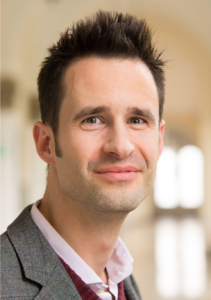
Marianna Safronova
University of Delaware
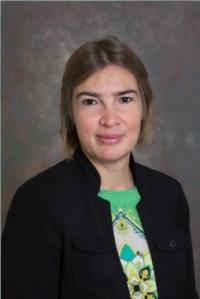
Ekkehard Peik
PTB Braunschweig
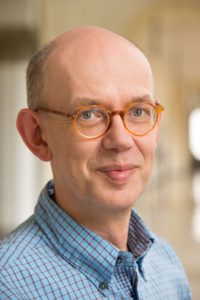
Peter Thirolf
LMU München
